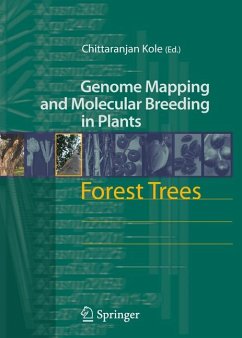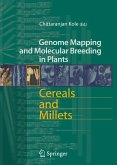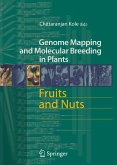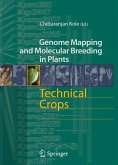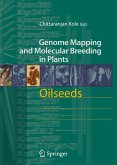Dieser Download kann aus rechtlichen Gründen nur mit Rechnungsadresse in A, B, BG, CY, CZ, D, DK, EW, E, FIN, F, GR, HR, H, IRL, I, LT, L, LR, M, NL, PL, P, R, S, SLO, SK ausgeliefert werden.
"Editor Kole is a self-described novice to trees, he has put together a fine volume of contributions by an impeccable set of tree molecular experts from around the world. The volume presents genetic linkage maps for all major species, and quantitative-trait loci (QTL) maps for most. The applications of these maps for breeding efforts are clearly stated. This will be a valuable book for anyone interested in tree improvement and molecular biology. Summing Up: Highly recommended. Lower-level undergraduates through professionals/practitioners; general readers." (D. F. Karnosky, CHOICE, Vol. 45 (7), 2008)
"Much of the material presented is quite technical and will be of interest or intelligible primarily to specialists. ... The editor of this series of books comments, in his general preface, that 'the huge volume of information generated on genome analysis and improvement is dispersed mainly through the pages of periodicals ... is a need fora ready reference for students and scientists alike that could provide more than just a glimpse of the present status of genome analysis and its use for genetic improvement.'" (Jonathan Cornelius, International Forestry Review, Vol. 11 (3), September, 2009)

